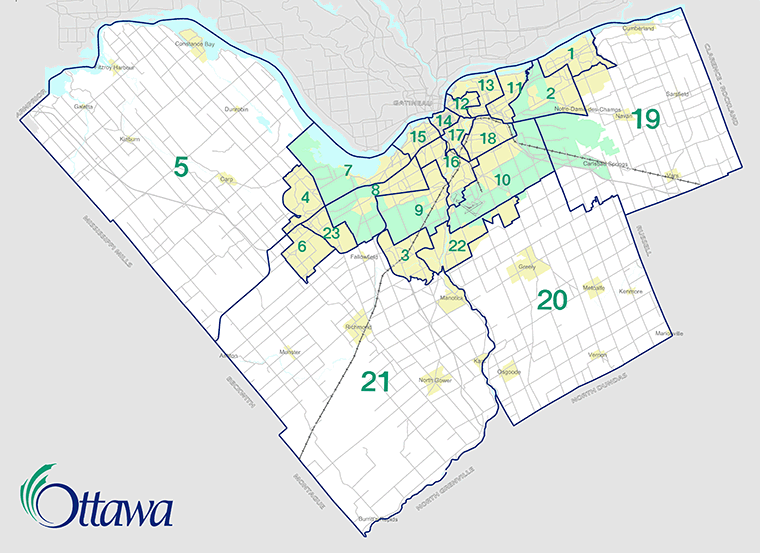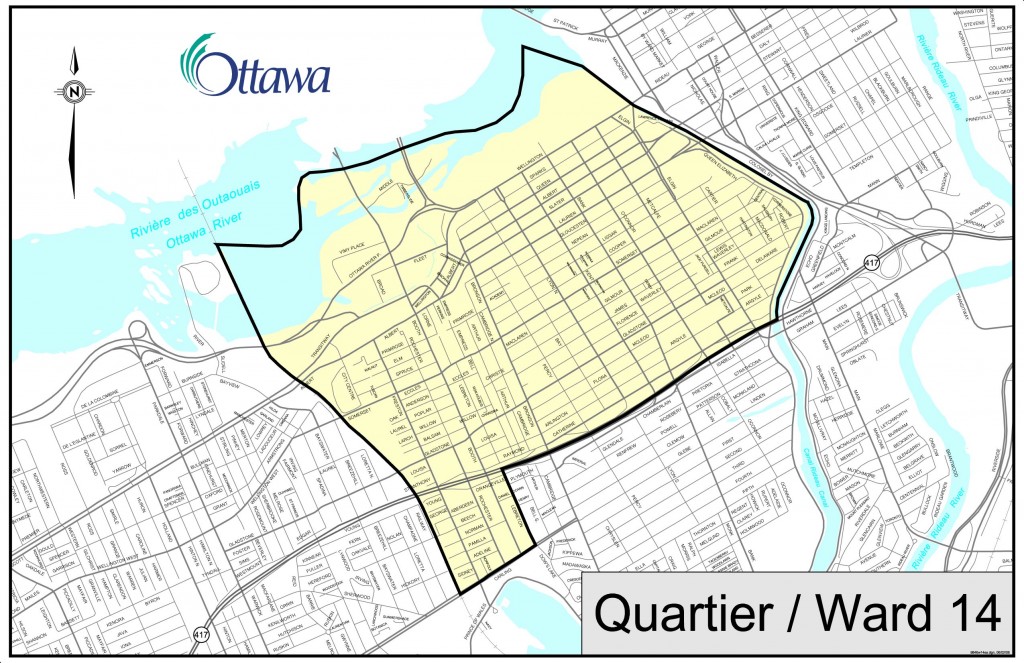Police in Ottawa uncovered a record 24 incidents of human trafficking in 2014, but experts say there are countless more cases that go unreported.
According to analysis of crime data from Statistics Canada, the number of police-reported incidents of human trafficking has more or less doubled every year in Ottawa since 2010.
Sgt. Jeff Leblanc, lead investigator with the Ottawa Police Service’s Human Trafficking Unit, said that number will only continue to grow.
“As long as we’re out there doing more proactive work to find out what the full picture is in the city,” he said, “we’ll see an upward trend for the next little while.”
The Criminal Code defines human trafficking as the recruitment, transportation, harbouring or control of a person and their movements, typically for the purposes of sexual or labour exploitation.
Though human trafficking-related offences have been on the books for more than 10 years, it was only five years ago the Ottawa police uncovered its first major case.
Excerpt from the Criminal Code
Click annotation to see full document

Leblanc said the most recent swell in the number of incidents reflects a growing awareness about human trafficking — both within the police force and across the city.
In October 2013, the Ottawa Police Service launched a two-year pilot human trafficking unit. Led by Leblanc and staffed by four detectives, the unit has worked not only to identify and rescue trafficking victims, but also to help service providers and first responders recognize the signs of human trafficking.
Excerpt from the Ottawa Police Service’s 2014 Annual Report
Click annotation to see full document
Zaneta Miranbigi chairs the Ottawa Coalition to End Human Trafficking, which brings together a wide range of organizations likely to encounter victims of trafficking. These include victim services groups, health care providers, as well as youth shelters and group homes. Miranbigi also credited the trafficking unit’s work for the increased number of reported incidents.
“When word gets out there’s a dedicated unit, victims are much more likely to report than when they know they’re dealing with officers who don’t have a clue,” she said.
While this may be cause for optimism, Miranbigi cautioned the scale of the problem goes far beyond incidents recorded by the police.
A landmark 2014 report from local community organization Persons Against the Crime of Trafficking in Humans (PACT)-Ottawa found 140 trafficking victims between June 2013 and April 2014.
Excerpt from PACT-Ottawa’s 2014 Local Safety Audit Report
Click annotation to see full document
But even those numbers are now far off the mark, said Miranbigi. “If you were to talk to any of my service providers around the table on the coalition, they will all tell you it’s a gross underestimation of what the actual reality is.”
Despite efforts by police, advocacy groups and service providers, Miranbigi said trafficking victims are often reluctant to contact law enforcement.
Youth are very impressionable, and may be convinced by their traffickers that they will be charged for their involvement in the sex trade if they report. Similarly, many victims fear they might be shamed by officers or the broader community once they leave their trafficking situation.
“There’s so much more work to be done on this,” said Miranbigi. She warned that a lack of sustained funding poses a real threat to the progress that has been made over the past several years.
Though the human trafficking unit’s formal lifespan has come to an end, it continues to operate while the police service mulls whether it should be made permanent.
Both Leblanc and Miranbigi hope that Ontario’s anti-human trafficking strategy — to be released in June — might help support their efforts to combat human trafficking in Ottawa.






